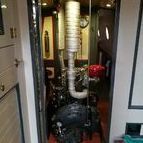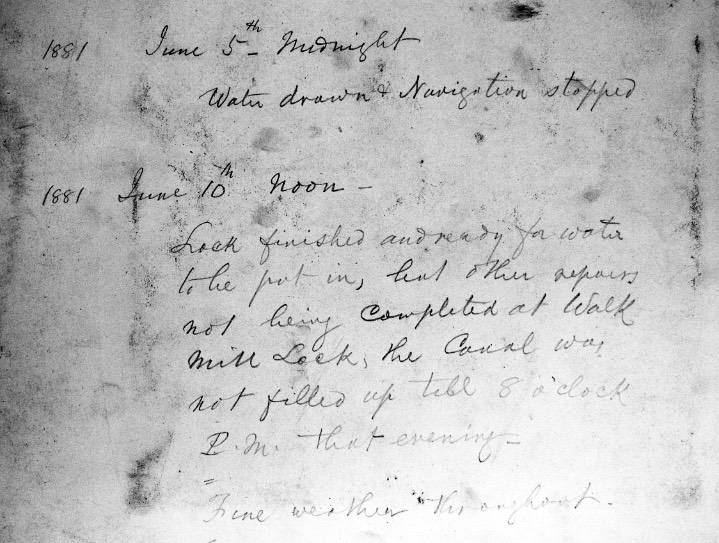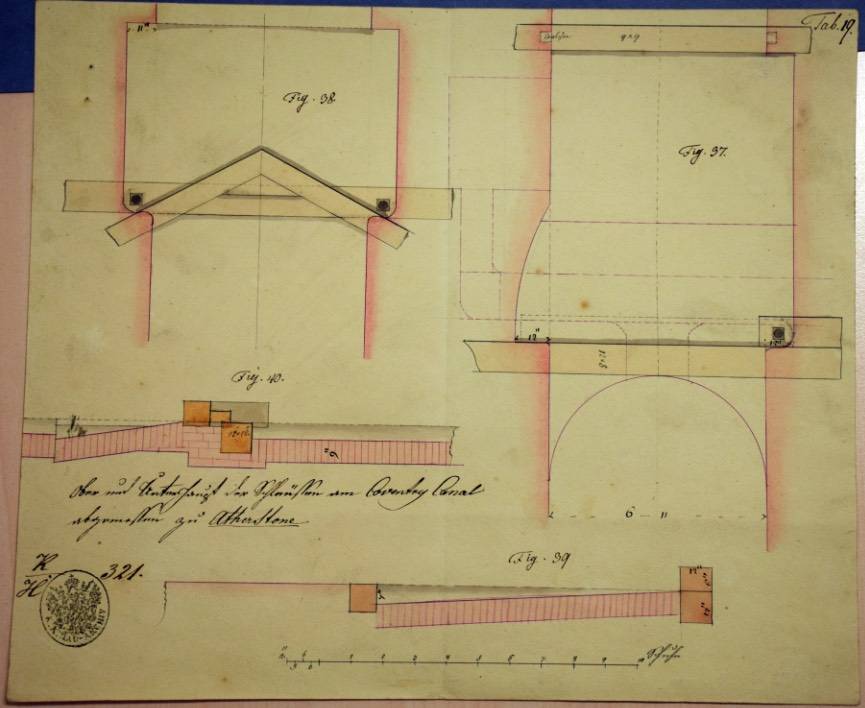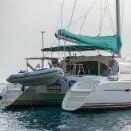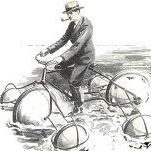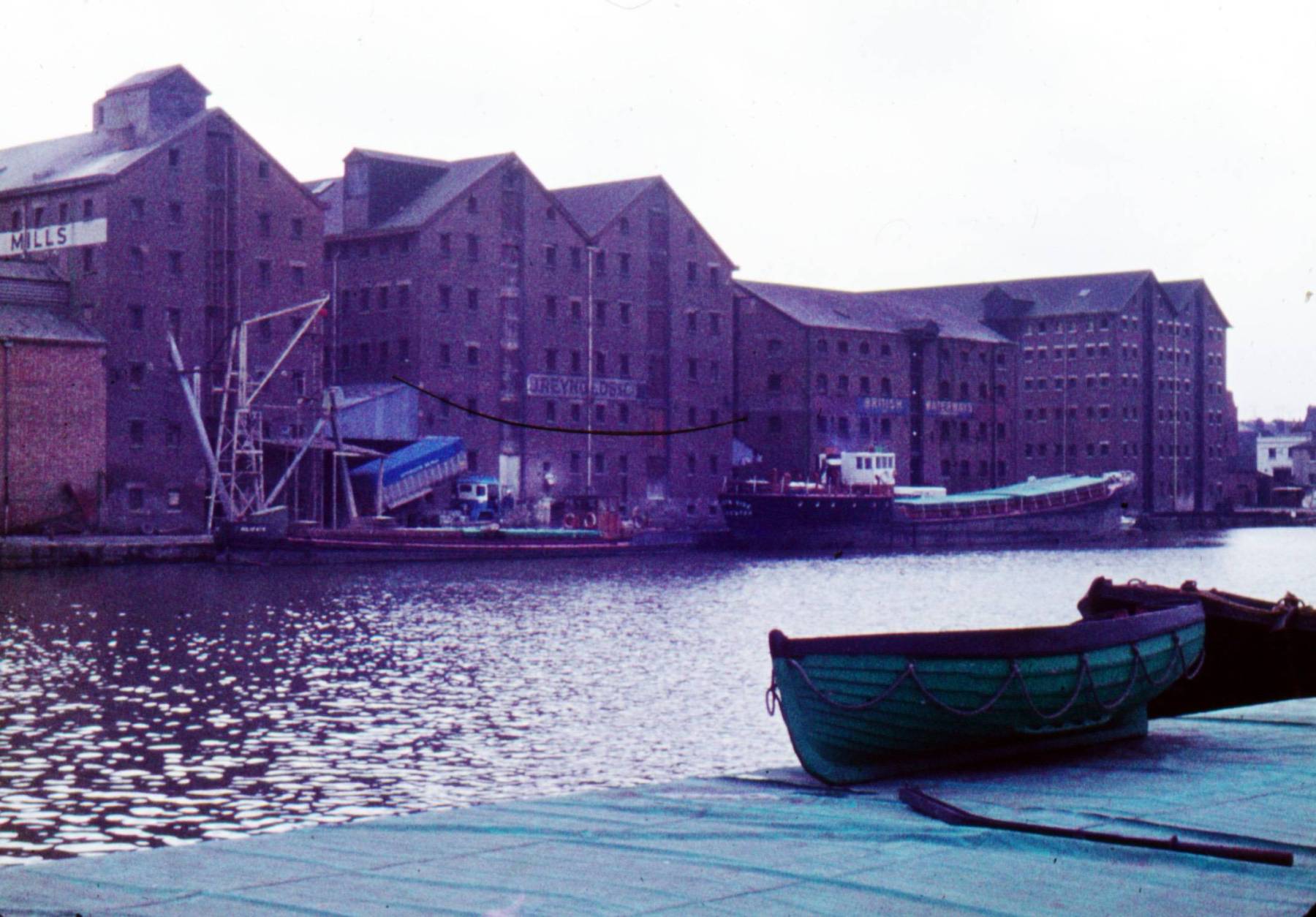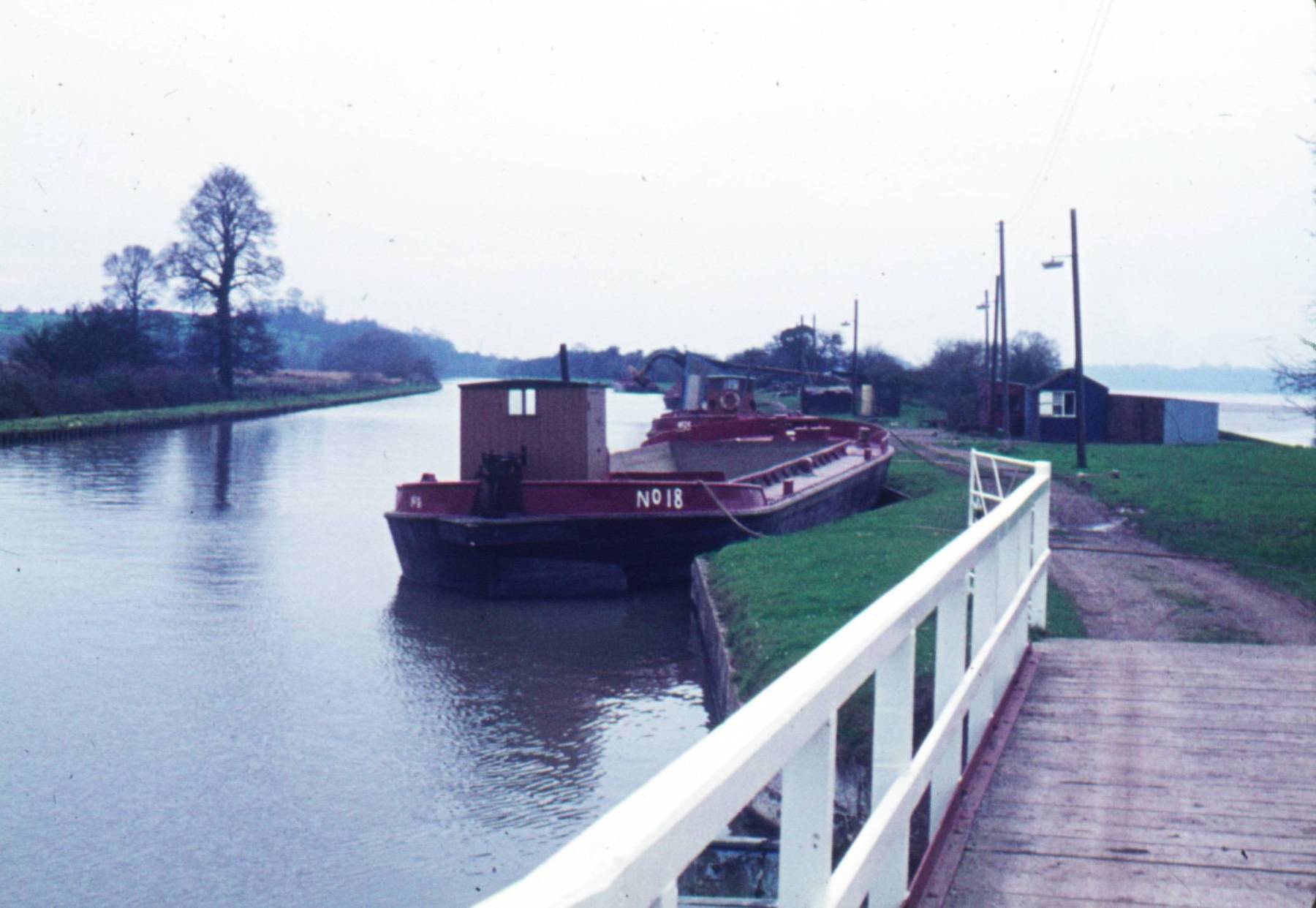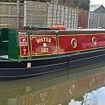Leaderboard
Popular Content
Showing content with the highest reputation on 04/03/24 in all areas
-
This post cannot be displayed because it is in a forum which requires at least 10 posts to view.
-
This post cannot be displayed because it is in a forum which requires at least 10 posts to view.
-
Just thought I would follow up and let people know what has happened. Found a chap called Eric Ward who works at Walshes and lives near me. He had a look and at first thought it might be a sticking valve on the lift pump. So he removed it and gave it an overhaul. It was leaking from the diaphragm and the the valve needed replacing. This improved things. Still seemed to be a problem so he replaced the splayers. That has made a real difference and I have to say the engine now starts quicker than it has ever done since I've had it. The only thing left would be to overhaul the fuel pump. Eric was reluctant to do that, especially when I said it had been done 5 years ago by Walshes. He reckons it was probably him who had reconditioned it! I was impressed by how quickly and easily Eric and Claudia, his missus who also works at Walshes, were able to remove and replace the pump and splayers. If you know what your doing these really are easy engines to work on. Having the right spanners also helps, we needed four types including Whitworths and BA (I'd never heard of the latter)3 points
-
This post cannot be displayed because it is in a forum which requires at least 10 posts to view.
-
This post cannot be displayed because it is in a forum which requires at least 10 posts to view.
-
This post cannot be displayed because it is in a forum which requires at least 10 posts to view.
-
This post cannot be displayed because it is in a forum which requires at least 10 posts to view.
-
I would say that absolute accuracy (gain accuracy) is not that important provided it is proportional both ways. It doesn’t particularly matter if it thinks 101A has been taken out for an hour, and 10.1A for 10 hours put back in again, when in fact it was 100Ah both ways. What is important is that the zero is accurate and errors are symmetrical about zero, otherwise the integration errors will accumulate rapidly.2 points
-
This is Linnet Lock on the Rochdale during rebuilding in 1880. There are several photos, with one having the timing on the back - four and a half days for a complete reconstruction. This happened fairly regularly, so what we are looking at today on a well used commercial canal is unlikely to be what was built. It becomes fairly easy to see where major repairs have taken place once you know what to look for. Regarding technical drawings, the various projections were only just being decided upon in the early 19th century, so anything before that tends to be more of a sketch than a detailed technical drawing. What was relied upon during canal construction were written specifications, with the site engineer holding sketches which he would use to explain to contractors what was required. I did a survey of the bridges between Church and Whitebirk on the L&LC. All were built to the same specification and all had detail differences. Stone size varied depending upon distance from the quarries, with smaller stones being used on bridges nearer the quarry. It is obvious when you think of the problems in ensuring a safe load when moving the stone. It was also possible to identify the contractor from the way the stones were dressed, with the two or three contractors working to different standards, but to the same specification. There is still a lot to find out. For instance, chamber walls seem to have been built with wooden framing by some engineers. I have seen the remains on the Chesterfield, and I have drawings showing that gate anchors involved wooden framing on the GJC locks. I suspect most examples were removed as soon as the wood started to decay. It is an example of change over time, something that many seem to have difficulty in appreciating.2 points
-
As I mentioned before, upper gate paddles seem to have been non-existent on 18th century locks, and only appeared from the mid 19th century following the start of railway competition. If you look at old photos of the more minor canals, most do not have top gate paddles as they were not worth fitting where traffic was limited. The attached are drawings of the upper and lower sills on the Coventry, with the upper paddle filling the chamber from under the sill. The drawing is from the collection in the Austrian National Archives in Vienna, and are virtually the only detailed engineering drawings of English canal structures I have found from the 18th century. They were drawn in 1795 when a group of Austrian engineers visited England to look, in particular, at the construction of English canals.2 points
-
This ^^^^^ We need to stop thinking that canal closures, even on busy routes, are unthinkable - if money is short, it will happen. I'd say the most vulnerable are big embankments and tunnels (aqueducts less so but they often have big embankments on their approaches) - followed not far behind by big cuttings. A large failure on one of these will close the canal indefinitely and almost without warning. Thinking about it I would add Marple locks - failure rate is one every few years at a couple of million quid every time. I have reports on my shelves from the 50s and 60s that look at permanent closure of some through routes including Harecastle Tunnel Even though I used lock gates as an example, they are not actually the weak spot they seem, the limiting factor at the moment is the capacity to build them, certainly Bradley are working flat out, and I suspect Stanley Ferry are too, but capacity simply means waiting for new gates not them never being built. Another big problem is that reliability will be much reduced, and that is critical for the hire boat industry and canal side businesses dependent upon the leisure side of boating. Before maintenance was such an issue, we used to reckon as a rule of thumb that the leisure trade needed the canal to withstand the 1 in 10 year drought*, that is. so long as the failure rate was less than a 10% probability it would cope, if failure rate, any failure, starts to exceed 1 in 10, that is a 10% chance that holidays will be disrupted or cancelled, it will be very bad news. The public may be even more fickle now as there are more alternatives. *This gave concern on the Rochdale where the water supply was only up to the 1 in 3 year drought. In practice usage has not been as forecast so this hasn't been the issue we thought it would be, and our understanding of water management and supply has improved so we were probably being unduly pessimistic2 points
-
This post cannot be displayed because it is in a forum which requires at least 10 posts to view.
-
Thanks for all the thoughts - I have purchased a second hand rayburn one and will report back on how i get on taking it apart and fitting it back together again!!2 points
-
2 points
-
The problem is that lock design varied over the life of a canal, with complete reconstruction not being that unusual on successful heavily used canals. Photographic evidence shows Rochdale Canal locks being fully rebuilt from the ground up in three to four days. Upper gate paddles tended to be added when railway competition forced speed through locks to be increased, and other improvements, such as culverts along the length of the chamber, were added. Bottom gate paddles were increased in size to such an extent on the L&LC that counterbalances were required. Every canal had its own solution to the design of locks, and that variation is one of the delights of visiting different canals for me. Unfortunately, in restoration finances often result in standardisation and poor quality concrete design. However, that does not stop research into what was there originally, and how that changed over time, and that information can be used to enhance the visitor 'experience'.2 points
-
The Perry Barr flight were built with paddle culverts with multiple entry points along the chamber length, including at the bottom gate recesses. That induces less turbulence than having the water all enter at the top end, and also meant that the bottom gates closed automatically on lifting the top paddles. But having balance beams moving with nobody pushing them was deemed a risk to unsuspecting passers by, and the lower culvert entries have been blocked off.2 points
-
Hi there, If you're looking for solid wood units and the convenience of on-site assembly, you might want to consider reaching out to custom cabinet makers or carpentry shops in your area. They can tailor the cabinets to fit your galley perfectly and ensure they meet your specific requirements for sturdiness and practicality. While I don't have a specific recommendation for the Wincham area, you could try searching online directories or asking for recommendations from local homeowners or contractors.2 points
-
This post cannot be displayed because it is in a forum which requires at least 10 posts to view.
-
1 point
-
This post cannot be displayed because it is in a forum which requires at least 10 posts to view.
-
This post cannot be displayed because it is in a forum which requires at least 10 posts to view.
-
So you only service your boat engine when it has stopped working. Have you not heard of preventative maintenance?1 point
-
This post cannot be displayed because it is in a forum which requires at least 10 posts to view.
-
Anyway, Ive said this before and I’ll say it again, I don’t see why an alternator controller needs an accurate measure of its output current. It does need to know SoC but that comes from measuring battery current, not alternator output current. I think the Zeus has the option to specify a max output current but why would you want to bother with that, unless you have a very large alternator and a very small battery or at least very small BMS max current rating? Not really appropriate for a narrowboat installation.1 point
-
This post cannot be displayed because it is in a forum which requires at least 10 posts to view.
-
Probably the cheapest construction of a narrow lock would be Somerton Deep on the Oxford, with its single leaf gates top and bottom. The chief engineer/architect for the Avon Trust designed wide locks from scratch using modern materials and methods. The gates are steel tubes and plate and they certainly look indestructible. Drawings should be available from the Trust.1 point
-
The Stroudwater restoration has just had planning permission granted for the ‘missing mile’ which includes two brand new locks so I assume that plans are available from there?1 point
-
This post cannot be displayed because it is in a forum which requires at least 10 posts to view.
-
That is because they originally relied on gate paddles in the top gate as well as relatively small ground paddles to fill. These were removed when pleasure boating became popular because at that time they were unshuttered, and could send a jet of water more than halfway along the lock, potentially sinking a boat, if they were opened before the lock had filled enough to cover the gate paddle. There used to be lots of locks with unshuttered top gate paddles around, but these were all "sanitised" out by the early 1990's.1 point
-
and when you have done that, put them back and disconnect the other end, one at a time, and try it again. As a proper set up control should not move the throttle cable until the gearbox is in gear, it sounds rather like a throttle cable problem, unless the engine lever is stiff.1 point
-
I don't think licences have been undercharged. Certainly a lot of people who have enjoyed years of boating wouldn't have done so if they had been more expensive - me, for one. The problem, as the introduction of surcharges indicates, has been the proliferation of pseudo-continuous cruisers, dumped boats, unlicensed liveaboards and boats used as luxury housing. Whacking licences for bog standard leisure boats up to astronomical levels would not only reduce overall income but hugely cut the number of boats on the system, giving every excuse for further support and maintenace cuts. Either the system is a national park and resource or it isn't. If it is and is for the benefit largely of the non-licenced users, then it should be supported by taxation. It won't be, of course, because nobody wants to pay for something that looks free, but isn't. You can tell by the state of the roads, schools, hospitals, flytipping and litter that nobody really gives a toss about anything except their apparent income tax rate and can always find someone to blame that isn't themselves and the choices they make when occasionally given the chance.1 point
-
I just did a Google images search and all the oil pressure switches were far smaller. I still think it is an earth return gauge sender - all those with that tin can design on Google were.1 point
-
Isn't a canals usage measured by lock cycles ? Displaced boats on 'little used' canals could be dozens/hundreds of NBTA members, mind you, they'd probably be glad if a canal was 'closed' by C&RT as C&RTs rules would no longer apply, and, being sat on the bottom stops it wobbling about.1 point
-
I've epoxied over small areas prepped with power tools (back to bare steel) and the paint adhered fine and stayed on. In fact thinking about it I did the floor of my gas locker (widebeam) and a couple of other lockers which are subject to water ingress and 8 years later they're still fine and look as good as when I painted them. But in general what these boat yards are telling you is correct. Blasting is best because you get that nice keyed surface.1 point
-
At least some of the Perry Barr flight work as originally intended with automatic closure of the lower gates when filling the lock. I tried this last time we went through (about 3 years ago) and the ones I tried all worked. PS I think there is an Andy Tidy Canal-hunter video showing them working.1 point
-
or the much more optimistic ///over.happily.unscathed1 point
-
This post cannot be displayed because it is in a forum which requires at least 10 posts to view.
-
My galley came from IKEA and was adapted to fit the boat. It's ok - the doors are solid oak but the carcasses are lined chipboard which isn't ideal. Most of these flat pack kitchen cabinets are comprised of chipboard carcasses and I think the idea of chipboard on a boat is probably worse than the actuality. My kitchen is now nearly 19 years old and it's still fine. The chipboard hasn't turned to mush. But I think if I were fitting a kitchen again I'd probably buy solid wood doors from any of the flatpack suppliers and make carcasses from ply - or if the doors weren't available separately and came with chipboard carcasses, I'd use the carcasses as templates to make my own plywood units. To be honest, there's no reason my chipboard carcases wouldn't last another 20 years. I think it's just the idea of having cheap crap in one's boat that's off-putting, but in practice it makes no difference. An internal flood would have to rise higher than the 8" plastic carcass supports to have any effect so that's not likely unless the boat was sinking, and then I'd have bigger things to worry about than the kitchen cabinets.1 point
-
1 point
-
Would the waterways recovery group be a good port of call? Whilst many locks restored are sort of there very much often needs rebuilding and the original methods of construction are in evidence. As mentioned this would include the course that the sluices take. It seems important to get that right. Top paddle sluices that when opened at any speed pull boats in a hurry towards the top gates and cill isn’t a good idea. That seems likely to cause more structural damage over time than ones that fill swiftly while maintaining the boat position in the lock quite nicely. BCN, Coventry or S&W are examples of good fillers, Oxford and Cheshire locks less satisfactory. It’s noticeable too that the Coventry canal locks, Atherstone and Tamworth locks seem to fill at a slower rate than BCN locks.1 point
-
This post cannot be displayed because it is in a forum which requires at least 10 posts to view.
-
This post cannot be displayed because it is in a forum which requires at least 10 posts to view.
-
The resistance of a shunt isn't ideal, but it's tiny compared with a hybrid cable. At 500a - which in most systems is very unlikely, as with a 12v nominal system that's the same as a 6kw AC load - that's a voltage drop of 50mv, or equivalent to a 0.0001 ohm resistor which is 25w power dissapation at full load. A more likely load is half that, 250a which is equal to a four slice toaster or a double ring induction hob on a 3kva inverter. That's 12.5w dissapation, which isn't great as it's wasted power, but in the real world if you're running a 3kw load, 0.0125kw isn't of concern. Now the same also happens in reverse, which is when power loss is more important...when charging. A likely high charge current is 120 amps, the most a JBD BMS can take. That works out at just over 6w of dissapation which is again insignificant. A 0.05v drop isn't much. A hybrid cable is designed to drop significantly more than 0.05v..1 point
-
This post cannot be displayed because it is in a forum which requires at least 10 posts to view.
-
1 point
-
1 point
-
I think I might start another subject and tell you about a lovely afternoon by the river in June 1965 . So I will end my contribution to this one with a photo taken in 1996 of the mud hoppers. And their attendant tug 'Speedwell'. This tug, which took the name of a glorious old steam tug dating from 1876 and still going in the late 1950s, was built by Richard Dunston at Thorne in 1968, to replace the older tugs when barge traffic was rapidly declining. Intended for harbour work at Sharpness she was transferred to towing the mud hoppers from the dredger 'Thomas Fletcher' to the pumping station at Purton. The dredger, the tug and the hoppers were sold by British waterways at auction in 2006. 'Speedwell' for £26200, the vast dredger for £11000, and I don't know what the hoppers raised. I think two became Thomson's motorised 'Pike' and 'Perch'. We met one of them on the River Severn on the way to Gloucester from the processing plant at Upton. Not the most glamorous collection of vessels but again, unlikely to be seen again on the canal. So, part of its history.1 point
-
I am not going ahead with the second part of this story because, on reflection, I decided that it was inappropriate. What I will try to do, if it is of interest, is to give just an idea of what to my mind was one of the most dramatic events of the inland waterways: the mass exodus of vessels on the tide from Sharpness tidal basin. If it has been done before on this site then all well and good and I would like to see it. If not, then I will have a go, although my photos vary between bad to very bad. So, better if someone else has done it. I doubt however whether anything like it will ever be seen again.1 point
-
As you can see everyone is just going to theorise and guess and give their opinion but the only thing you can do that has any bearing whatsoever is to take the agreement you have for your mooring to a solicitor and pay them to read and confirm your position. Not clear what you’ve done already as you say you’ve had loads of legal advice but no solicitor will touch it???? So who have you had the legal advice from? If it’s a load of opinions on a forum then it’s worthless I’m afraid. If you have an agreement and it has a notice period from the marina owner, and I’d be amazed if it didn’t, then likely you need to start packing and not spend your money fighting a case you won’t win. But the first step is a visit and payment to a solicitor to ask them to advise.1 point
-
I have to admit to watching quite a lot of these. They are all very different..... my favs are: Narrowboat Will - he's mad as a box of frogs but is a lovely guy who helps any boater out on the engineering front as he passes.... Ben and Emily - they are a nice 'hippy' couple travelling around - just got a 2nd small boat to do up. Got a female cat called .... Alan! Cruising the Cut - Makes top notch quality videos although more advertising is creeping in. The Rum Wench/The Pirate Boat - Heidi is a single female running a pirate themed boat - likes rum! The mindful narrowboat - probably my favourite, Vanessa is a nature lover who gets great shots - does rhymes and draws her findings... very talented lady The Nomadic Crobot - these two zany people will annoy most on here but i find them amusing! This type of TV will replace conventional TV over time and advertisers have cotton onto it by giving products to youtubers go give reviews (oddly enough they all give positive reviews!). This must be saving the manufacturers a fortune in advertising!1 point
This leaderboard is set to London/GMT+01:00




